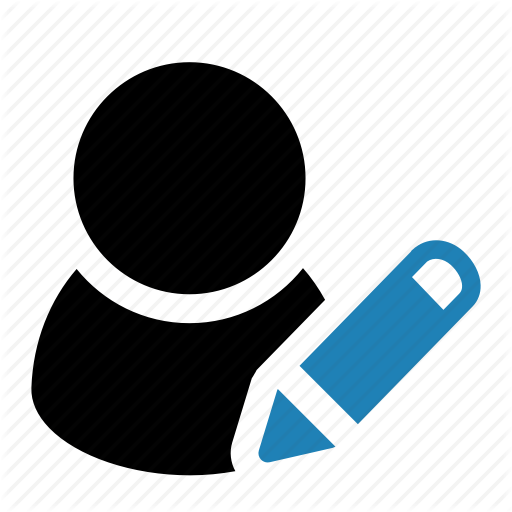Figures are an important part of a published manuscript. They provide a visual aid to interpret methods and data. While authors put a great deal of effort into creating their own original figures, there are times when you may need to seek permission to use already published figures in your work. It is not always clear when you need to seek permission, though. Below, we explore the different types of repurposed figures and go over the proper steps to request permission and acknowledge the original authors.
Types of repurposed figures
Original figures. If you are creating an original figure or table that has not been otherwise published, then no attribution or permission is required prior to publication. However, if you worked with an independent contractor that is not on a listed author (e.g., photographer, illustrator, or artist) to create the figure, then attribution is often required. If any contract exists with the third party regarding copyright, then formal permission to use the figure may be required.
Reproduced figures. A reproduced figure is one that is published elsewhere under copyright. You may want to use a figure published elsewhere in its original form to provide context for the discussion in your paper. If this is the case, then you will need to obtain permission to reproduce it in your own work. Many think that reaching out to the authors is the appropriate course of action, but in most cases the publishing entity holds the copyright to the work.
Adapted figures. An adapted figure is one that is taken from another source but modified in some way. Modification may include adding lines or shapes to better indicate certain datapoints, changing the color scheme or font, or removing pieces of information. Permission is not required if the figure is altered in such a way that it is not recognizable, but this is subjective, and it is best to obtain permission regardless of whether the adapted figure is considered recognizable.
Attribution
In cases where copyright permission is not required, it is common to include a reference attribution in the figure caption. This acknowledgment will fully cite the original source and state to what degree (if any) the figure has been altered. Even if you gain permission to use a figure in your work, it is still important to properly acknowledge the source. The exact language used to denote attribution will differ between journals, so it is best to check the publisher’s recommendations.
Requesting permission
To request permission for a figure, you will need to contact the owner of the copyright. This is usually the original publisher. This can be done by email, and the publisher will usually have a link on their website with instructions. However, the process has been largely automated via
RightsLink, an online permissions service hosted by the Copyright Clearance Center. Most big publishers participate in this service. Note that requesting permission to use up to three figures is free, but more may require payment.
Exceptions
Public domain works may be reproduced with no permission required because they are not protected by copyright. Proper attribution, however, is still needed.
Open access content published under a CC-BY license or similar licenses remains subject to proper acknowledgment, but this content may not require written approval. For example,
Nature guidelines state that the reproduction of figures or tables is freely permitted given the correct citation details. As more content becomes open access, it is likely that fewer figures will require permission from the copyright holder.
 Tweet
Referencing and Citation
Tweet
Referencing and Citation

 Nathan Boutin, Associate Editor
Nathan Boutin, Associate Editor
 August 2023
August 2023 Previous Article
Next Article
Previous Article
Next Article 